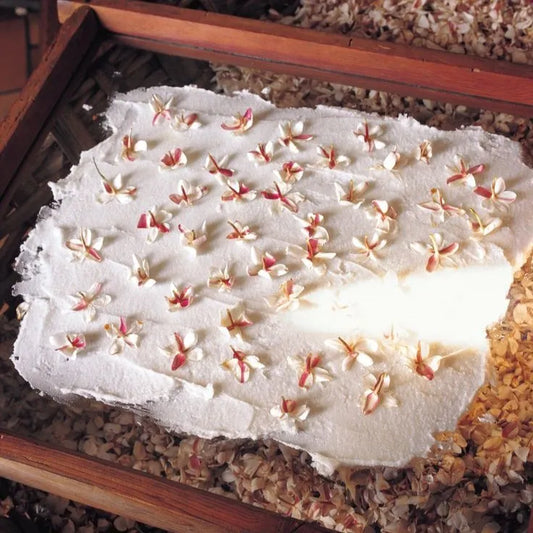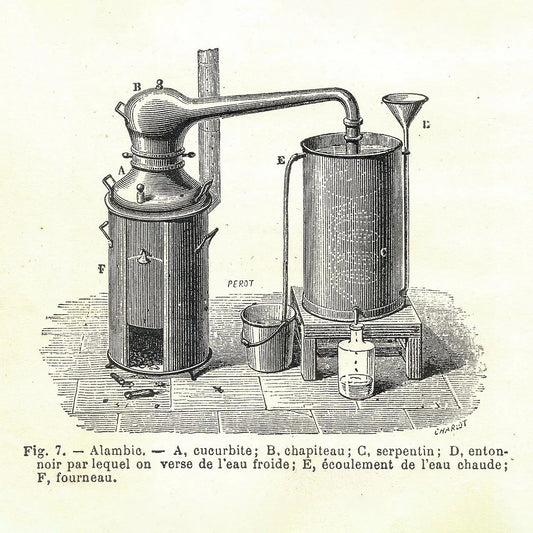There is a short answer to this: most air fresheners and other room-scenting products do not contain essential oils. Commercially manufactured, scented products including aerosol sprays, plug-ins, and solid air fresheners usually contain a range of synthetic chemicals, combined to create the nebulous substance defined simply as “fragrance” on the product label.
Why don’t we all know that these products are full of unnatural substances? The manufacturers are not required by law to disclose the ingredients on their labels. Faced with considerable criticism and bad press for the number of preservatives and chemicals these products send into the air, some manufacturers have been brave enough to publish the lists of individual chemicals used in these products on their websites. The list for Glade Radiant Berries solid air freshener, for example, reads like this: “2,6-dimethyl-7-octen-2-ol; 2-t-butylcyclohexyl acetate; benzyl acetate; dipropylene glycol; ethyl 2-methyl-1,3-dioxolane-2-acetate; ethyl 2-methylbutyrate; ethyl methylphenylglycidate*; hexamethylindanopyran*; hexyl cinnamal*; ionone; isobutyl methyl tetrahydropyranol; limonene*; linalool*; methyl 2-ethylhexanoate; methyldihydrojasmonate; raspberry ketone.”
Warnings from various state departments of health throughout the United States note that the laboratory-produced ingredients found in air fresheners—chemical fragrances, propellants, solvents, deodorizers, and fragrance distribution mechanisms known as phthalates—are all irritating at best, and some can even be carcinogens.
Scented candles are an alternative to air fresheners, but these also pose challenges. Most of these candles are molded using paraffin wax, which is made from petroleum and can produce chemicals including toluene, benzene, and soot when lit. These can irritate the respiratory systems of people with asthma, chronic obstructive pulmonary disease, and other lung issues. At worst, they can cause cancer in heavy users. Most of these candles also contain synthetically concocted fragrances like the ones in air fresheners.
It is possible to buy air fresheners that do not contain all these substances, though they are few and far between. A few candle and air freshener makers—most notably Ananda Natural Soy Candle Company, Big Dipper Wax Works, Grow Fragrance, and Rare Earth Naturals, among others—create their products from all plant-based materials and use essential oils to provide the scents. These products are more expensive than the ones you may find in the supermarket or discount store, but this is because essential oils and other natural ingredients are often more costly than their synthetic counterparts.
If you are experimenting with essential oil fragrances that you like, you may be better served by mixing your own air fresheners or even making your own candles. Adding a few drops of your favorite essential oil to three ounces of water creates a “spritz” that can be kept in a glass or metal spray bottle and sprayed in whatever room you like. Using an essential oil diffuser will be just as effective. You may find that the scent of an essential oil lingers longer than any synthetic air freshener.





